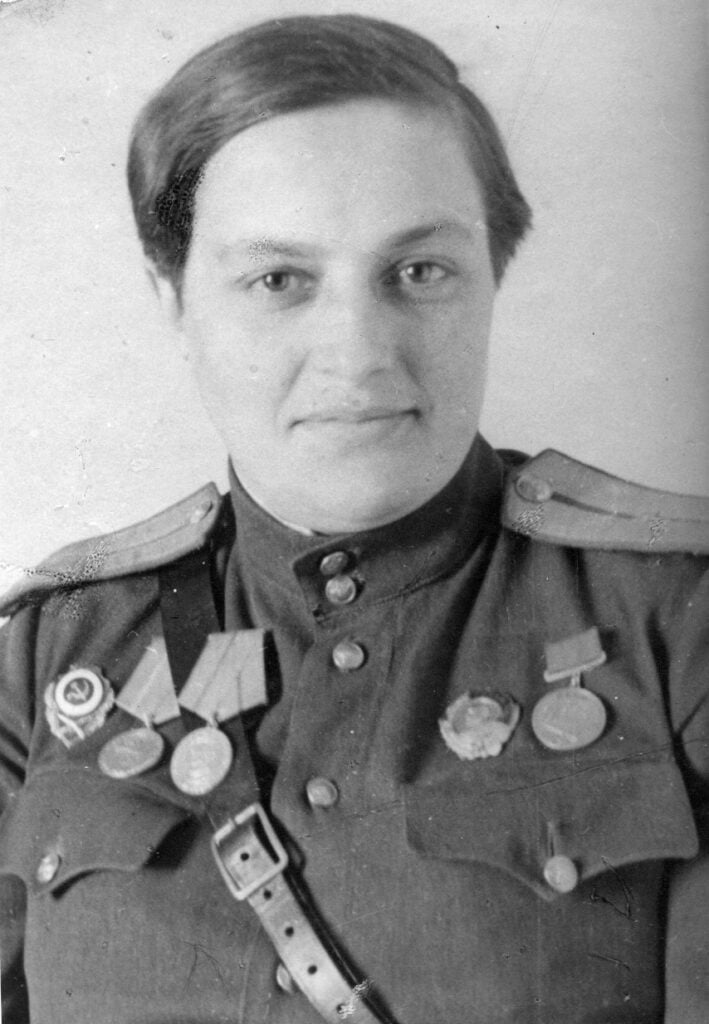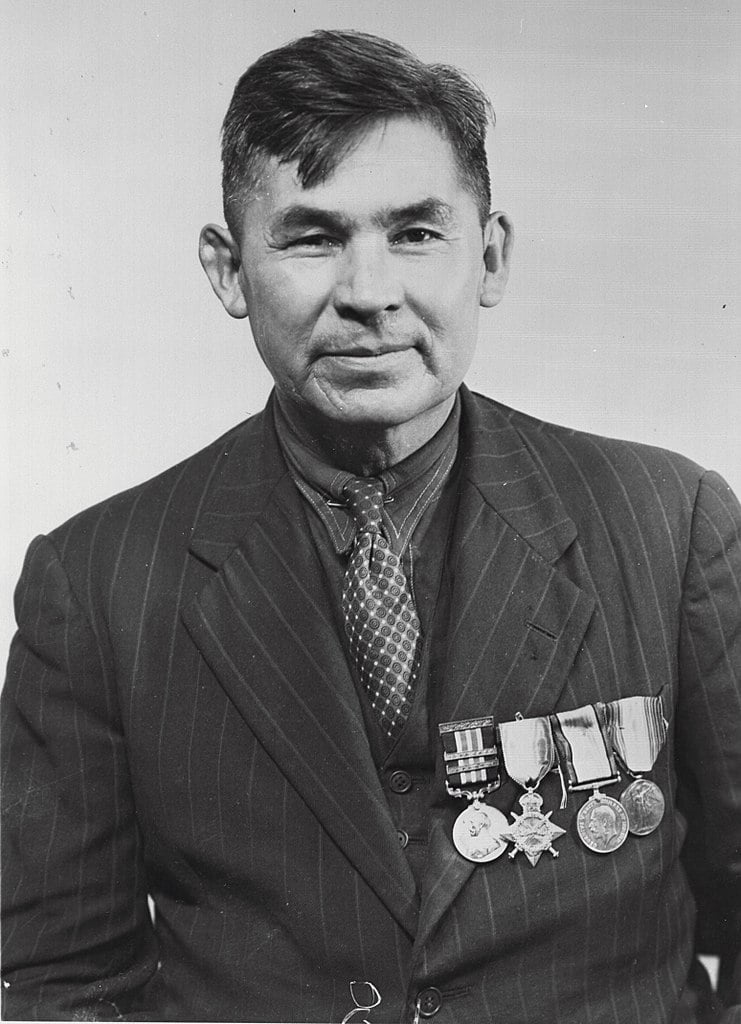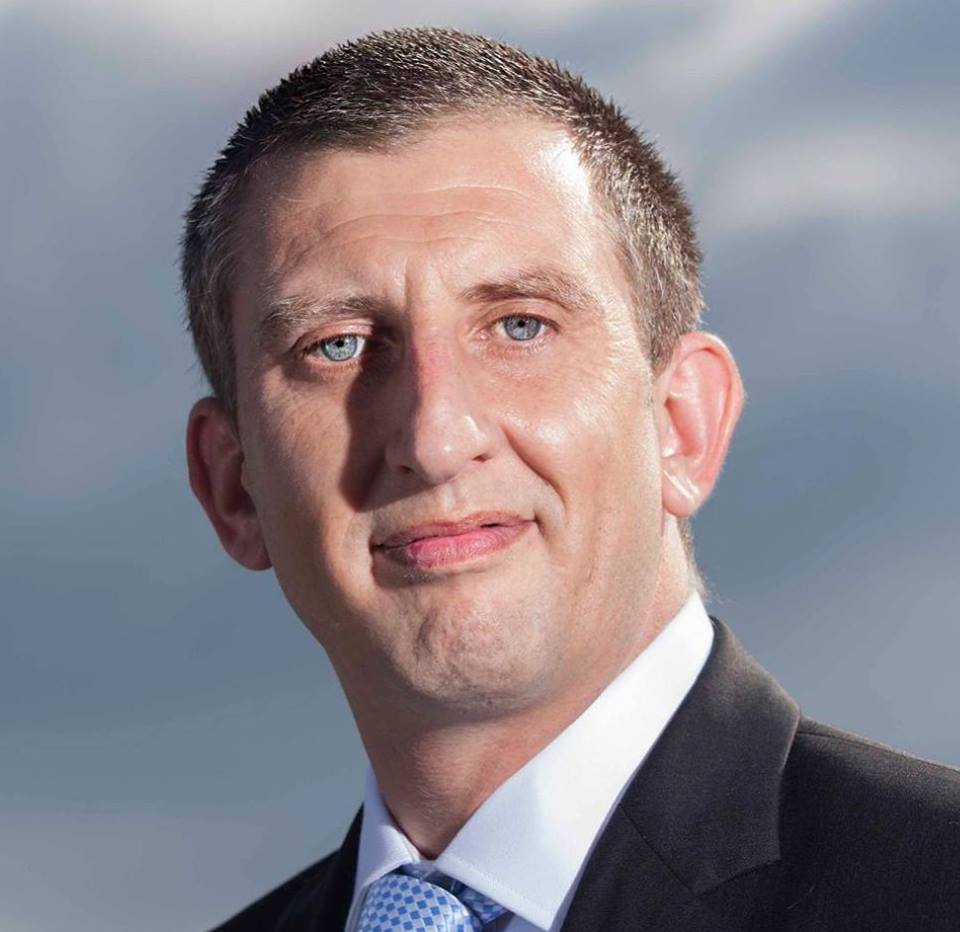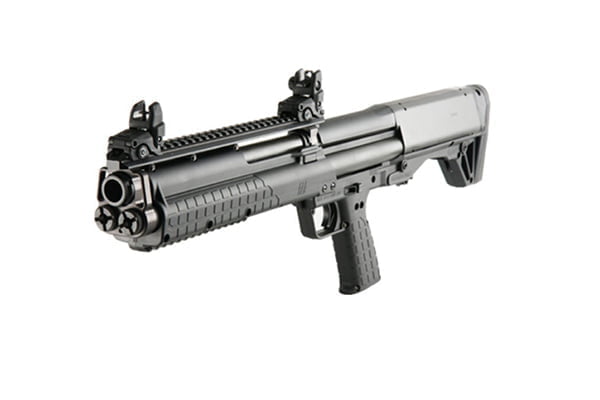
Snipers have played pivotal roles in military history, often turning the tide of battles with their precision, patience, and ability to remain undetected. The most famous snipers come from diverse backgrounds and have served in various conflicts, each leaving an indelible mark on the annals of military history.
And a lot of them didn’t have the best hardware to rely on. Modern military sniper rifles are precision engineered works of art. Yesteryears’ sniper rifles? Not so much…
Still, these snipers have taken down high-value targets from impossible distances, in the toughest conditions. Ukrainian sniper Vyacheslav Kovalskiy claimed the record for the longest distance kill with a shot of 2.3 miles (12,468 feet) that took out a Russian officer in December 2023. But the truly great snipers were known for their volume, more than their range.
Here’s a look at some of the most legendary snipers from around the globe.

1. Simo Häyhä – “The White Death” (Finland)
- Nationality: Finnish
- Preferred Rifle: M/28-30 (a variant of the Mosin–Nagant rifle)
- Confirmed Kills: 505
Simo Häyhä is renowned for his extraordinary marksmanship during the Winter War (1939-1940) between Finland and the Soviet Union. He achieved most of his kills in less than 100 days, with temperatures as low as -40°C, without using a telescopic sight.

2. Vasily Zaytsev (Soviet Union)
- Nationality: Soviet
- Preferred Rifle: Mosin–Nagant 91/30
- Confirmed Kills: 225
A hero of the Battle of Stalingrad, Vasily Zaytsev’s exploits were popularized in the film “Enemy at the Gates.” Using his skills, he inflicted significant casualties on German officers and soldiers, boosting Soviet morale during a critical phase of World War II.

3. Chris Kyle – “The Legend” (United States)
- Nationality: American
- Preferred Rifle: McMillan Tac-338A
- Confirmed Kills: 160
Chris Kyle, a Navy SEAL sniper, served four tours in the Iraq War. Known as “The Legend” among his peers, Kyle’s autobiography, “American Sniper,” and the subsequent film, highlighted his contributions and the complexities of modern warfare.

4. Lyudmila Pavlichenko – “Lady Death” (Soviet Union)
- Nationality: Soviet
- Preferred Rifle: Mosin–Nagant 91/30
- Confirmed Kills: 309
Lyudmila Pavlichenko is the most successful female sniper in history. Her incredible precision on the Eastern Front during World War II earned her the nickname “Lady Death.” She became a symbol of Soviet resilience and female contribution to the war effort.

5. Carlos Hathcock – “White Feather” (United States)
- Nationality: American
- Preferred Rifle: Winchester Model 70
- Confirmed Kills: 93
Carlos Hathcock’s legendary status was cemented during the Vietnam War, where his skill in stalking and eliminating targets had a profound psychological impact on enemy forces. He was known for the white feather he wore in his hat, a challenge to those who sought to claim a bounty on his head.

6. Adelbert Waldron (United States)
- Nationality: American
- Preferred Rifle: M21 Sniper Weapon System
- Confirmed Kills: 109
Adelbert Waldron holds the record for the most confirmed kills by a U.S. sniper during the Vietnam War. His extraordinary skills and the effectiveness of the M21 Sniper Weapon System made him a key asset in numerous operations.

7. Francis Pegahmagabow – “The Sniper of World War I” (Canada)
- Nationality: Canadian
- Preferred Rifle: Ross Rifle
- Confirmed Kills: 378
Francis Pegahmagabow, an Indigenous Canadian sniper, became the most effective sniper of World War I. His remarkable stealth and marksmanship were pivotal in several key battles on the Western Front.
8. Juba – “The Baghdad Sniper” (Iraq)
- Nationality: Iraqi
- Preferred Rifle: Various
- Confirmed Kills: Allegedly 100+
Juba, a nickname given by American forces, became known through videos released during the Iraq War. While much about him is shrouded in mystery, he became a symbol of resistance, credited with over a hundred kills of U.S. and allied soldiers. In the film American Sniper this is Chris Kyle’s nemesis, although the two never really crossed paths.
Conclusion
Snipers like these have shaped the role of long-range marksmanship in combat, demonstrating time and again the strategic value of a single well-placed shot. They also became heroes for their own individual war efforts.


